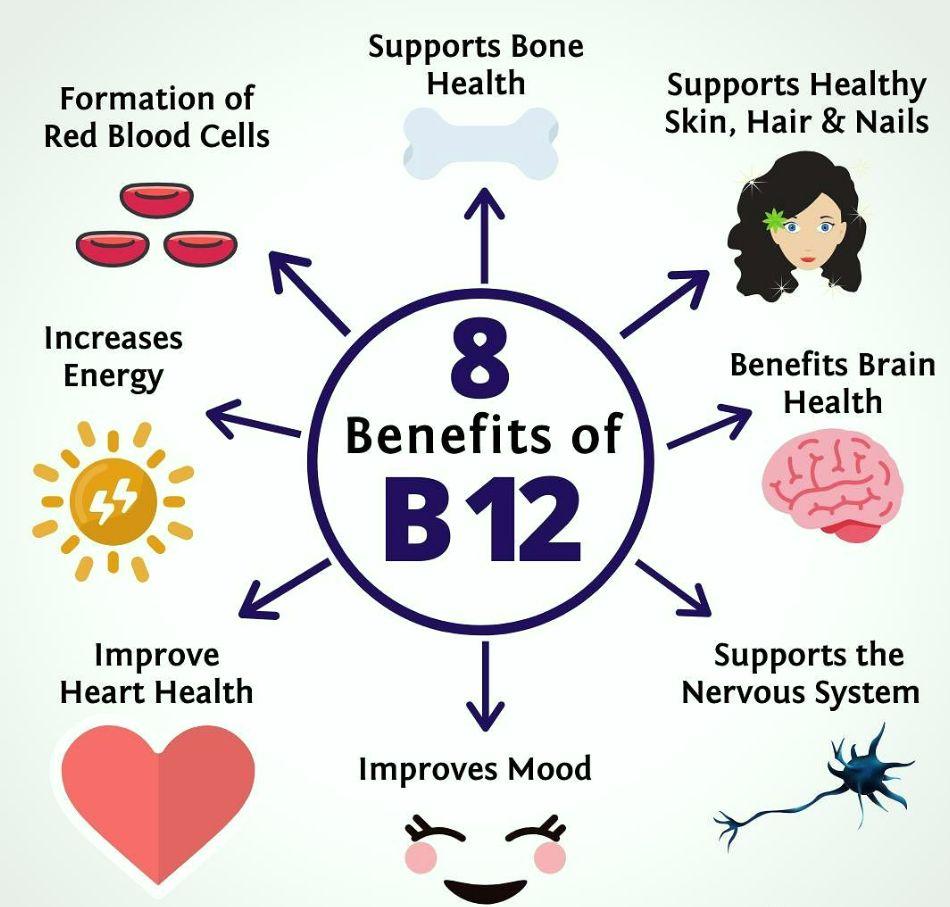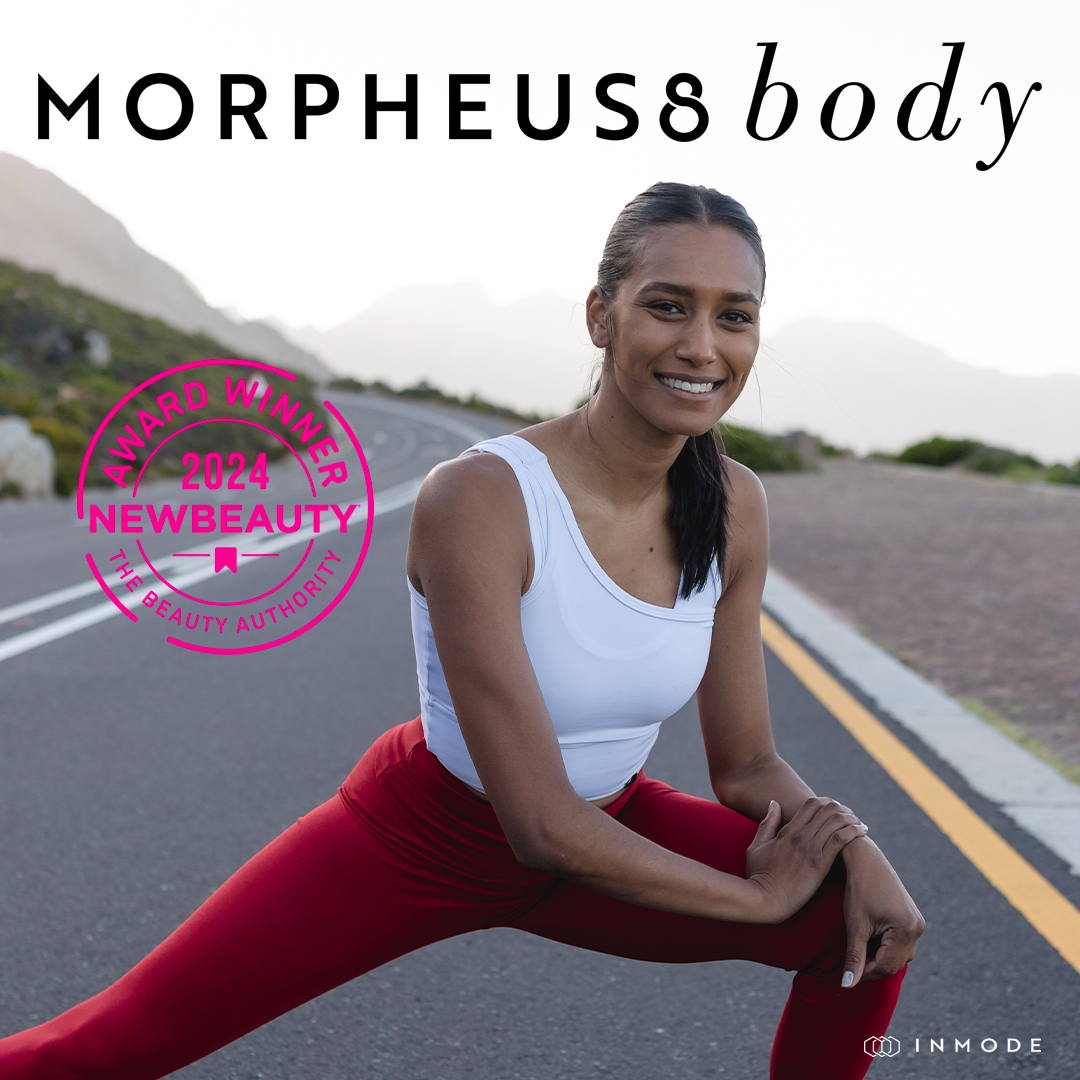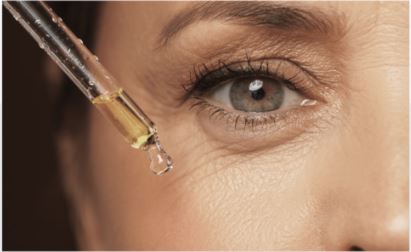If you have been exploring hair restoration options, you may have come across the term Platelet-Rich Plasma (PRP) Hair Treatment. This innovative procedure harnesses the power of your body's own platelets to stimulate hair growth and improve hair density. In this guide, we will delve into the essentials of PRP hair treatment, its benefits, and how it can transform your hair restoration journey.
PRP hair treatment involves drawing a small amount of your blood, processing it to concentrate the platelets, and then injecting this platelet-rich plasma into your scalp. The platelets release growth factors that promote healing and tissue regeneration, making it a highly effective option for those experiencing hair thinning or hair loss.
One of the key advantages of PRP hair treatment is that it uses your body's natural processes, minimizing the risk of adverse reactions. This treatment is suitable for both men and women and can be particularly beneficial for individuals in the early stages of hair loss. Moreover, the procedure is relatively quick, typically lasting about an hour, and requires little to no downtime.
Interested in learning more about PRP hair treatment? Book an appointment / free consultation or call 647-812-8752 for more info. Our experts at Beauty O'Clock Medical Spa in Aurora are here to help you achieve your hair restoration goals.
How PRP Hair Treatment Works
The mechanism behind PRP hair treatment is deeply rooted in the regenerative properties of platelets, which are a type of blood cell involved in healing processes. Here’s a step-by-step breakdown of how this remarkable procedure works:
1. Blood Collection: The process begins with a simple blood draw, usually from your arm. This is similar to a routine blood test and only takes a few minutes.
2. Platelet Separation: The drawn blood is then placed in a centrifuge, a machine that spins at high speed. This spinning action separates the blood into its various components, including red blood cells, white blood cells, and plasma. The plasma contains a high concentration of platelets.
3. Platelet Concentration: The plasma is further processed to concentrate the platelets, creating what is known as Platelet-Rich Plasma (PRP). This PRP is rich in growth factors that are essential for tissue repair and regeneration.
4. Scalp Injection: The PRP is then carefully injected into specific areas of your scalp where hair thinning or hair loss is most prevalent. These injections are administered using fine needles to ensure precision and minimize discomfort.
5. Stimulation of Hair Follicles: Once injected, the growth factors in the PRP stimulate the hair follicles, encouraging improved blood flow and nutrient delivery. This helps to revive dormant hair follicles, promote new hair growth, and enhance the overall thickness and health of existing hair.
By leveraging the body's natural healing capabilities, PRP hair treatment offers a non-surgical solution to hair loss with minimal side effects. Patients typically undergo a series of sessions for optimal results, with noticeable improvements often observed within a few months.
Benefits of PRP Hair Restoration

The benefits of PRP hair restoration are extensive, making it a popular choice for those seeking an effective solution to hair loss. Here are some of the key advantages:
1. Natural and Safe: Since PRP uses your own blood, the risk of allergic reactions or adverse effects is minimized. This makes it a safe option for most individuals.
2. Non-Surgical: Unlike hair transplant surgery, PRP is a non-invasive procedure. There are no incisions, stitches, or long recovery periods, allowing you to resume your daily activities almost immediately.
3. Stimulates Natural Hair Growth: PRP directly targets the hair follicles, providing them with essential growth factors that encourage natural hair regeneration. This leads to thicker, fuller hair over time.
4. Minimal Downtime: The treatment sessions are relatively quick, usually lasting about an hour. Patients can return to their normal routines soon after the procedure, making it a convenient option for busy individuals.
5. Versatile Treatment: PRP can be used to treat various stages of hair loss for both men and women. It is effective for improving hair density in thinning areas and can complement other hair restoration methods.
6. Long-Lasting Results: With a proper treatment plan and maintenance sessions, the results of PRP can be long-lasting. Patients often notice significant improvements within a few months, with continued progress over the course of a year.
7. Enhanced Hair Health: In addition to promoting hair growth, PRP also improves the overall health of the scalp and hair. It enhances blood supply to the hair follicles, strengthens hair shafts, and reduces hair shedding.
By choosing PRP hair restoration, patients can enjoy a natural, safe, and effective solution to hair loss that offers numerous benefits without the need for invasive procedures.
Effectiveness of PRP Hair Therapy

The effectiveness of PRP hair therapy has been demonstrated through various clinical studies and patient experiences, making it a promising option for those dealing with hair loss. Here are some key points that highlight its efficacy:
1. Scientifically Backed: Research has shown that PRP contains growth factors and proteins that are crucial for tissue repair and regeneration. These components stimulate hair follicles, leading to increased hair growth and density.
2. Clinical Studies: Multiple clinical trials have confirmed the positive effects of PRP on hair regrowth. Patients in these studies have reported significant improvements in hair thickness, density, and overall appearance after undergoing PRP therapy.
3. Personalized Treatment Plans: The effectiveness of PRP can be enhanced by tailoring the treatment to the individual’s specific needs. Factors such as the extent of hair loss, age, and overall health are considered to create a customized plan that maximizes results.
4. Visible Results: Many patients start to see noticeable improvements in hair growth within the first few months of treatment. Continued sessions help to maintain and enhance these results, with optimal outcomes typically observed around the 6 to 12-month mark.
5. High Patient Satisfaction: The majority of patients who undergo PRP hair therapy report high levels of satisfaction with the treatment. They often experience not just regrowth, but also improved hair texture and reduced hair shedding.
6. Complementary to Other Treatments: PRP therapy can be used alongside other hair restoration treatments, such as medications or hair transplants, to boost their effectiveness. This combined approach often leads to superior results compared to using a single treatment modality.
7. Minimal Side Effects: Since PRP is derived from the patient’s own blood, the risk of side effects is minimal. This makes it a safe and effective option for a wide range of individuals experiencing hair thinning or loss.
The growing body of evidence supporting PRP hair therapy underscores its potential as a reliable and effective treatment for hair restoration, providing hope and results for those seeking to combat hair loss.
PRP Hair Treatment Availability in NHS

The availability of PRP hair treatment within the NHS varies across different regions and trusts. As a relatively new addition to the array of hair loss treatments, it is important to understand where and how it can be accessed through the NHS.
Currently, PRP hair therapy is not commonly offered as a standard treatment for hair loss under the NHS due to its classification. Hair loss treatments are often considered cosmetic, and thus, are not typically covered by public healthcare systems. However, there are specific circumstances under which PRP may be available:
1. Specialist Referrals: In certain cases, individuals may be referred to dermatologists or hair loss specialists who work within NHS hospitals. These specialists might have access to PRP treatments or can guide patients to private clinics that offer the procedure.
2. Research and Clinical Trials: Some NHS trusts participate in ongoing research and clinical trials for innovative treatments, including PRP therapy. Patients may have the opportunity to enroll in these trials, gaining access to PRP treatments as part of the study.
3. Private Options: While the NHS itself may not routinely provide PRP hair treatments, many private clinics across the UK offer this service. These clinics often collaborate with NHS specialists to ensure comprehensive care and support for patients seeking hair restoration solutions.
4. Insurance Coverage: For those opting for private treatment, it is worth checking with insurance providers to see if PRP therapy is covered under their policies. Some insurance plans may include coverage for medically necessary treatments that address hair loss.
Although PRP hair treatment is not widely available through the NHS, exploring the options mentioned above can help patients access this promising therapy. Consulting with healthcare providers and specialists can provide further guidance on the best course of action for those interested in PRP hair restoration.
Consultation and Aftercare Tips

Before embarking on your PRP hair treatment journey, it is crucial to have a thorough consultation with a qualified specialist. During this initial meeting, the practitioner will assess your hair loss condition, discuss your medical history, and explain the procedure in detail. This is the perfect time to ask any questions you may have and set realistic expectations for the results.
Once you have decided to proceed with PRP hair therapy, adhering to the following aftercare tips can help maximize the benefits of the treatment:
1. Avoid Washing Your Hair: For at least 24 to 48 hours post-treatment, avoid washing your hair. This allows the PRP to fully penetrate and work on the targeted areas without being washed away.
2. Skip Harsh Hair Products: Refrain from using any hair products that contain alcohol or other harsh chemicals for a few days after the procedure. These substances can irritate the scalp and hinder the healing process.
3. Stay Hydrated: Drinking plenty of water is essential for overall health and can help improve the efficacy of PRP treatment. Hydration promotes better circulation and aids in the recovery of treated areas.
4. Follow Up Appointments: Regular follow-up appointments are key to monitoring progress and making any necessary adjustments to the treatment plan. Your specialist may recommend additional PRP sessions based on your specific needs.
5. Maintain a Healthy Lifestyle: A balanced diet rich in vitamins and minerals, along with regular exercise, can support hair growth and overall well-being. Avoid smoking and limit alcohol consumption as these can negatively impact hair health.
By following these aftercare tips, you can help ensure the success of your PRP hair treatment and enjoy the best possible results. Ready to take the next step? Book an appointment / free consultation or call 647-812-8752 for more info.
